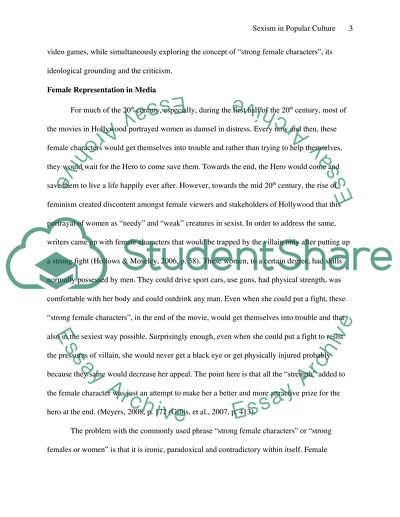Cite this document
(“Sexism in Popular Culture Dissertation Example | Topics and Well Written Essays - 3000 words”, n.d.)
Sexism in Popular Culture Dissertation Example | Topics and Well Written Essays - 3000 words. Retrieved from https://studentshare.org/visual-arts-film-studies/1402172-sexism-in-popular-culture-gaming-and-film-media
Sexism in Popular Culture Dissertation Example | Topics and Well Written Essays - 3000 words. Retrieved from https://studentshare.org/visual-arts-film-studies/1402172-sexism-in-popular-culture-gaming-and-film-media
(Sexism in Popular Culture Dissertation Example | Topics and Well Written Essays - 3000 Words)
Sexism in Popular Culture Dissertation Example | Topics and Well Written Essays - 3000 Words. https://studentshare.org/visual-arts-film-studies/1402172-sexism-in-popular-culture-gaming-and-film-media.
Sexism in Popular Culture Dissertation Example | Topics and Well Written Essays - 3000 Words. https://studentshare.org/visual-arts-film-studies/1402172-sexism-in-popular-culture-gaming-and-film-media.
“Sexism in Popular Culture Dissertation Example | Topics and Well Written Essays - 3000 Words”, n.d. https://studentshare.org/visual-arts-film-studies/1402172-sexism-in-popular-culture-gaming-and-film-media.


